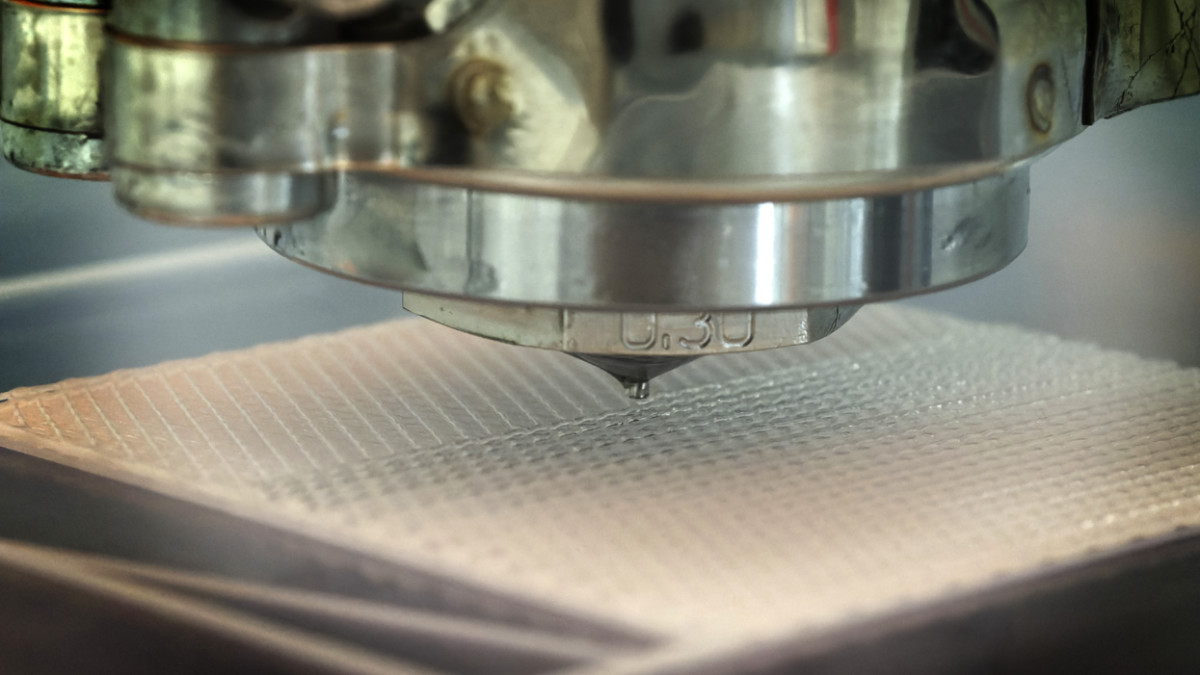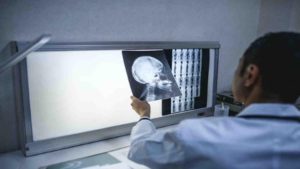Osteopore pockets European patent for its ‘smart’ 3D scaffolds, sets eyes on expansion in the continent

The European patent obtained today will give Osteopore product differentiation, and sets a course for its expansion into Europe. Image: Supplied
The European patent obtained today will give Osteopore product differentiation, and sets a course for its expansion into Europe.
Bone healing company Osteopore (ASX:OSX) has just been granted a European patent for its “smart” 3D biomimetic scaffolds which improve the performance of regenerative implants.
Specifically, the patent describes a ground-breaking method for forming a bio-composite comprised of a polymetric matrix and a magnesium filler.
The Osteopore biomimetic scaffolds are currently already used in several of the company’s key markets and applications.
The patent obtained today is expected to increase product sales in the global cranial and maxillofacial procedures market, which is currently estimated at around 1.1 million surgeries, and is growing annually at more than two per cent – with Europe accounting for roughly a third of that market.
Going beyond the traditional
Osteopore’s proprietary scaffolds are used in a range of orthopaedic procedures, where significant lengths of long bones have been damaged or diseased.
They are also used for implants in patients that need surgical repair for skull fractures. The scaffolds are a biomimetic microstructure that promotes blood flow into the implant before inserting.
Once in position, the scaffold attracts cells and blood vessels, facilitating bone growth in-between the microstructures. The implants naturally dissolve over a period of 18-24 months, leaving only natural healthy bone.
The new technology goes beyond the traditional process.
The patent obtained today describes a process by which a magnesium filler, composed of a soluble magnesium salt, is produced as a thin film. When combined with a suitable polymer, it produces ‘smart’ three-dimensional biomimetic scaffolds, without requiring solvents or heat.
Soluble magnesium salts in combination with regenerative implants improve normal cellular function and are particularly suited to regulating bone homeostasis.
This in turn encourages osteogenic differentiation and the regeneration of host tissues, without the negative side-effects caused by the production of gas near the implant’s surface.
Osteopore cofounder, Professor Teoh Swee Hin, says that Osteopore has broken away from the traditional way of tissue engineering, saying that the European patent is an illustration of the new frontier concept in scaffolds development for bone developed by his company.
“Traditionally in tissue engineering, we build a scaffold like a house with interconnected rooms for cells to stay and then produce their extracellular matrix (ECM). Over time the scaffolds dissolve leaving only the bone ECM.”
“At Osteopore we go beyond this tradition. In the next generation scaffolds we design the scaffolds to provide nutrients and energise the bone cells with trace elements of metal such as magnesium, which are known to be essential for healthy bone, as the scaffolds degrade,” Professor Teoh added.
Osteopore’s expansion
The company says this technology will enhance Osteopore’s product portfolio in regenerative implants, and will potentially broaden its field of applications.
Part of the expansion strategy is to collaborate with the world’s leading biomedical companies. In February, the company announced a partnership with Terumo Blood and Cell Technologies, to sell their respective regenerative products throughout the Asia-Pacific region.
Osteopore is also working with medical researchers in Singapore on using its 3D printed implants in reconstructing lower jawbones.
In November, the company signed its first-ever Australia and New Zealand distribution agreement, with Queensland-based surgical supplier LMT Surgical.
Osteopore has achieved four consecutive quarters of revenue growth, and for the year ended 31 December, reported a 41 per cent increase in revenue to $1.5 million.
The company made its debut on the ASX in 2019, in one of the strongest listings that year.
This article was developed in collaboration with Osteopore, a Stockhead advertiser at the time of publishing.
This article does not constitute financial product advice. You should consider obtaining independent advice before making any financial decisions.
Related Topics
UNLOCK INSIGHTS
Discover the untold stories of emerging ASX stocks.
Daily news and expert analysis, it's free to subscribe.
By proceeding, you confirm you understand that we handle personal information in accordance with our Privacy Policy.








